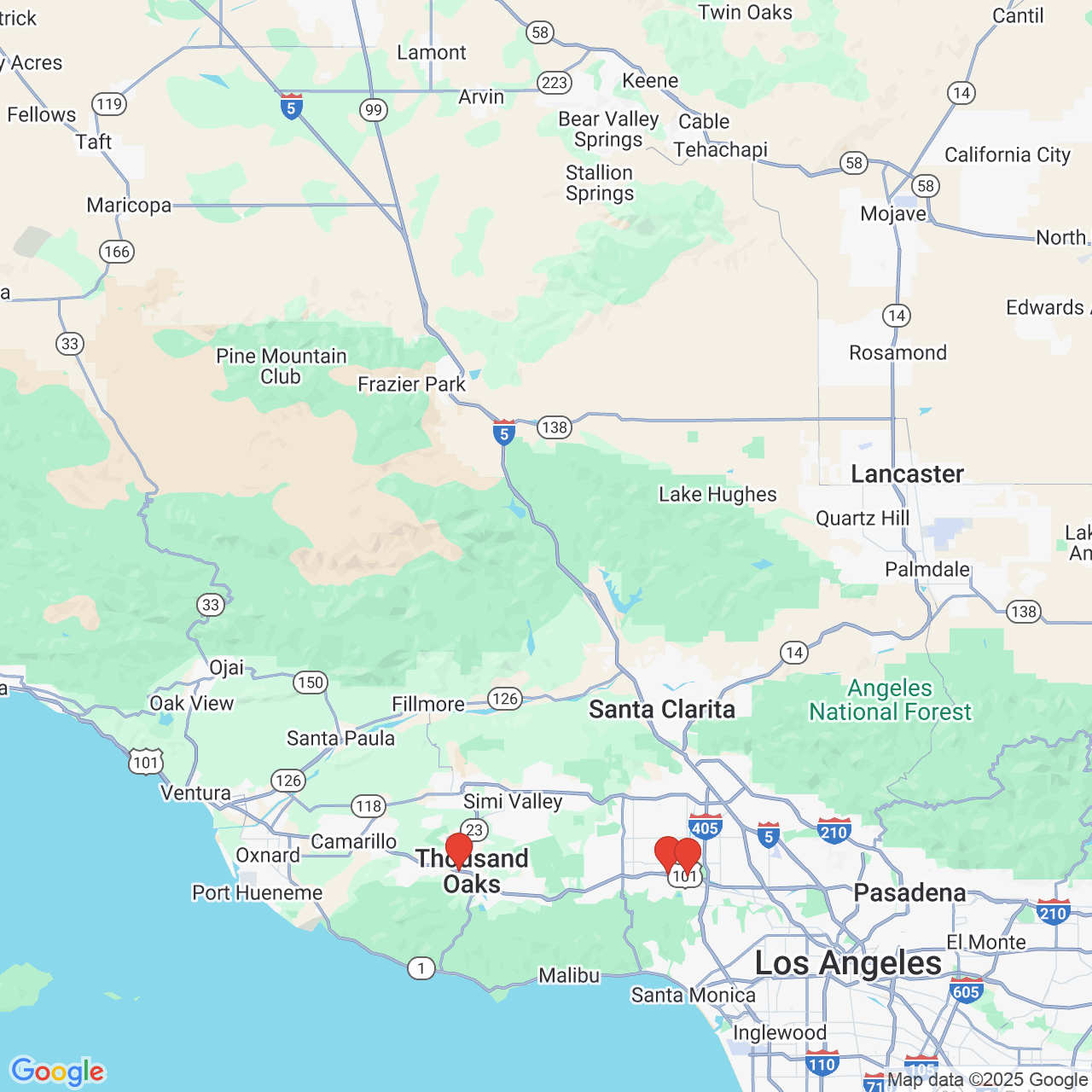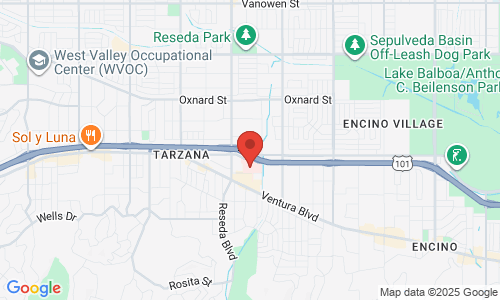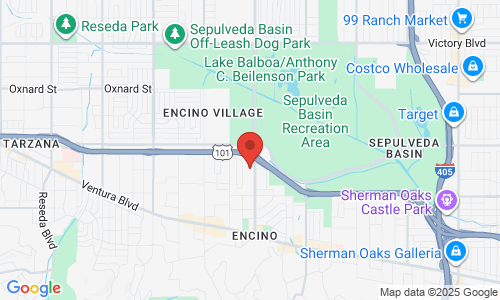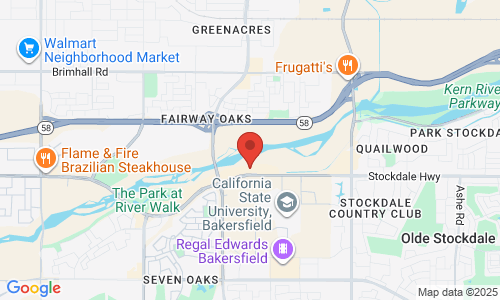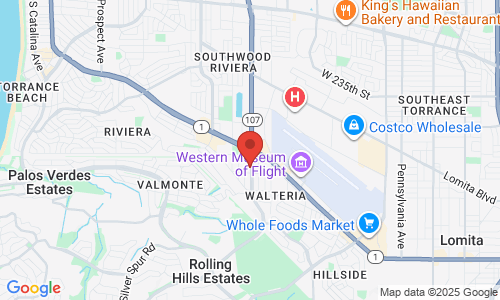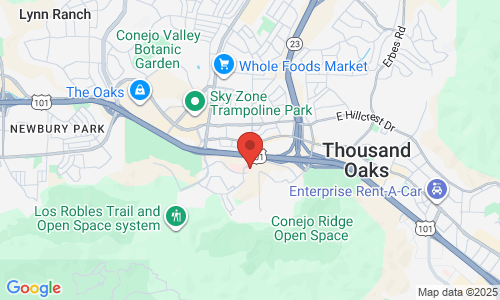Ovarian Reserve Testing
Fertility Status
At our clinic, the Center for Fertility and Gynecology in Tarzana, CA, we find that many women throughout the Los Angeles area are interested to know their “fertility status”. In other words, they want to know if they are able to get pregnant. To determine this, many factors need to be assessed; these include the fallopian tubes, uterus, sperm and ovaries.

Ovarian Reserve
Of all these factors, the ovaries are among the most important. This is because a woman is born with all of the eggs she will ever have for her entire life. From that day on, regardless of heath, pregnancy status, method of birth control or time of year, the number of eggs steadily decreases. Until the early 30’s, this decrease subtle, but as a woman passes 35 years of age, a significant change in her ability to become pregnant becomes evident. Additionally, if pregnancy occurs, the chance for miscarriage and chromosomal abnormalities increase.
The change in fertility is not the same in all women. Some women have many eggs through their 30s and into their 40s, while others are down to just a few by the end of their 20s. While doctors cannot determine the exact number of eggs remaining within each ovary, we can obtain a general sense of the remaining supply. This remaining supply is termed the “ovarian reserve” and there are several ways to asses it:
FSH
FSH (follicle Stimulating Hormone), is a hormone which is released from the pituitary gland in the brain. The job of FSH is to stimulate the ovary to produce eggs. If the ovary responds appropriately to the FSH, the brain does not need to release any more FSH. If the ovary does not respond appropriately (too few eggs growing for example), the brain responds by releasing more FSH. Thus when a doctor checks an FSH level on the third day of a menstrual cycle, we are hoping that it is low. Low FSH implies that the ovary is responding appropriately to the brain and is likely to respond well to fertility medicine for IVF or other fertility treatments like COH with IUI.
AMH (Anti Mullerian Hormone)
AMH (anti-mullarian hormone) is a hormone produced by cells surrounding immature eggs within the ovary. AMH represents a more direct measure of ovarian reserve than FSH. Also, AMH does not need to be drawn on specific days of the menstrual cycle. AMH is a newer test and therefore has less clinical history. With that being said, many fertility centers are using AMH to help quantify ovarian reserve. With AMH, higher is better.
Antral Follicle Count
Antral follicle Count (AFC) is the number of early follicles seen in the ovary by trans-vaginal ultrasound. The follicle is a small sack of fluid in which an egg develops. The follicle is visible on ultrasound as a dark spot within the ovary. The number of these follicles gives a rough sense of the number of eggs available for any given month. With AFC, higher is better.

If you have more questions about ovarian reserve give us a call at the Center for Fertility and Gynecology. We would be happy to speak with you further about it!


